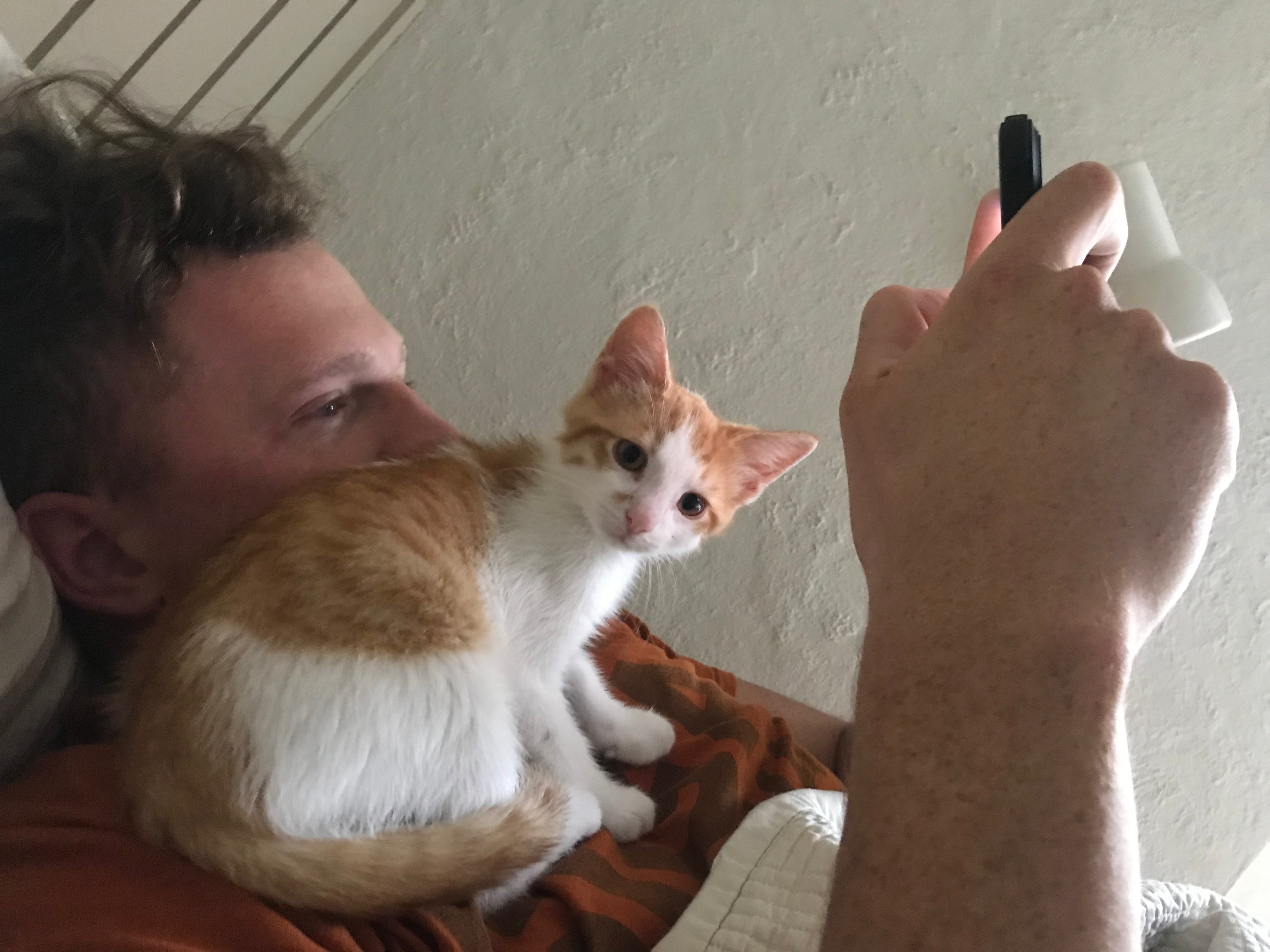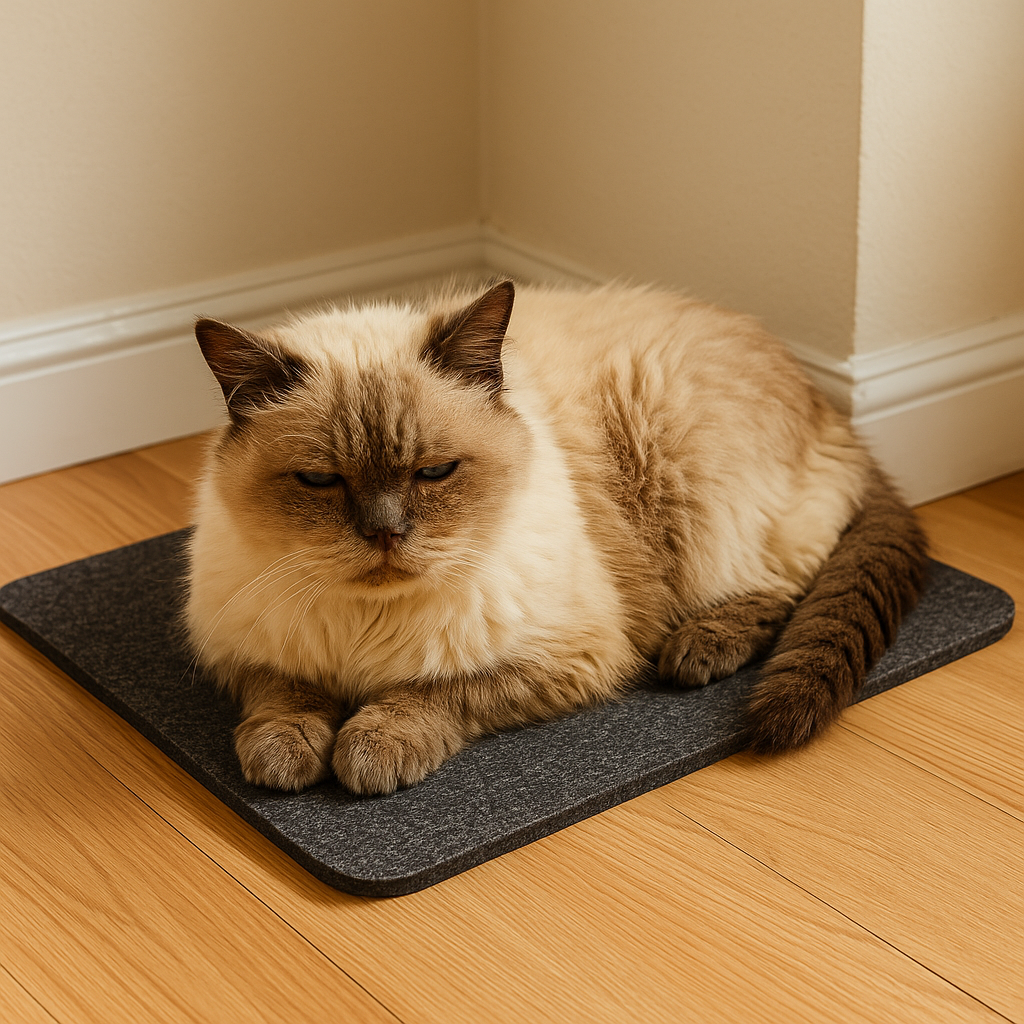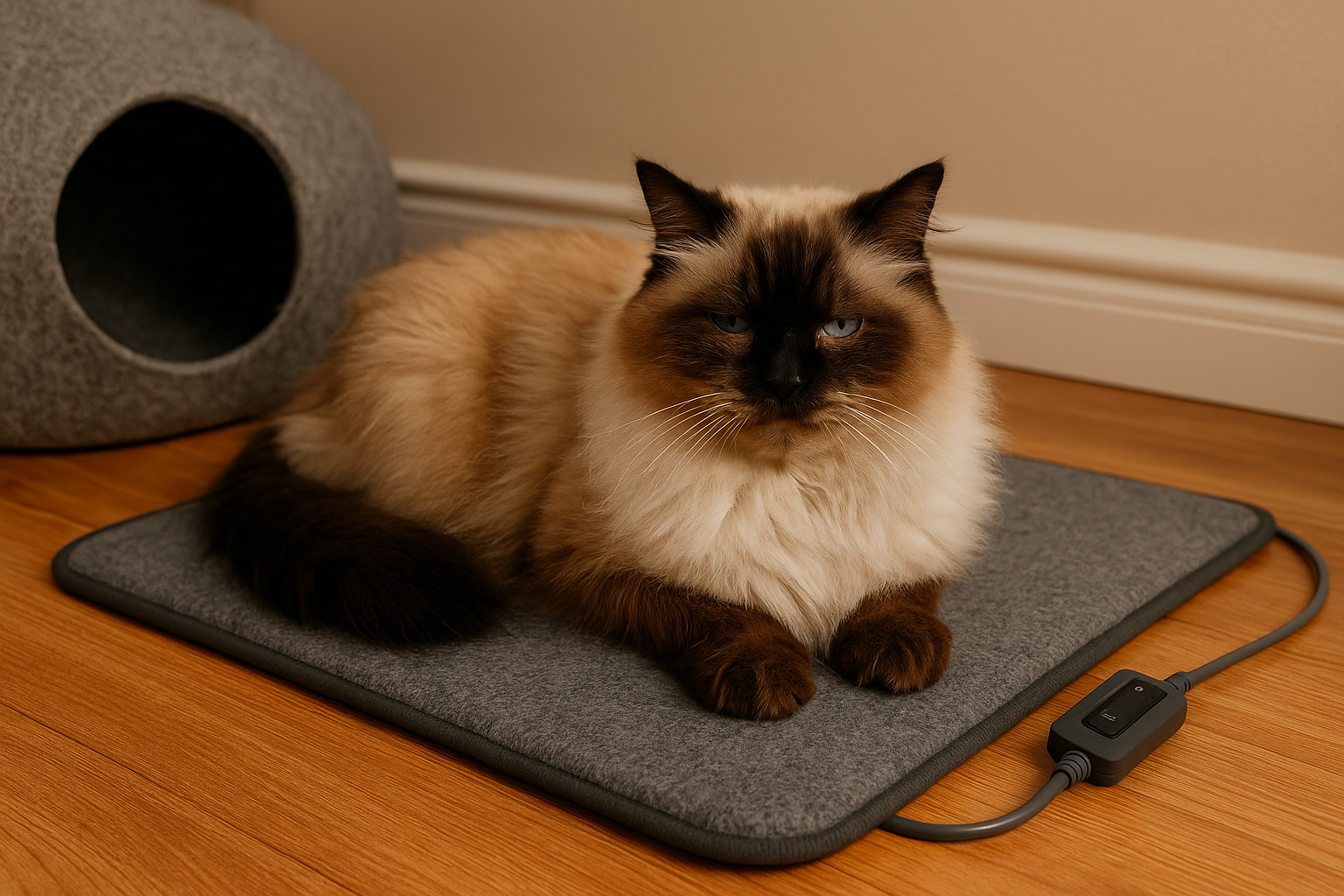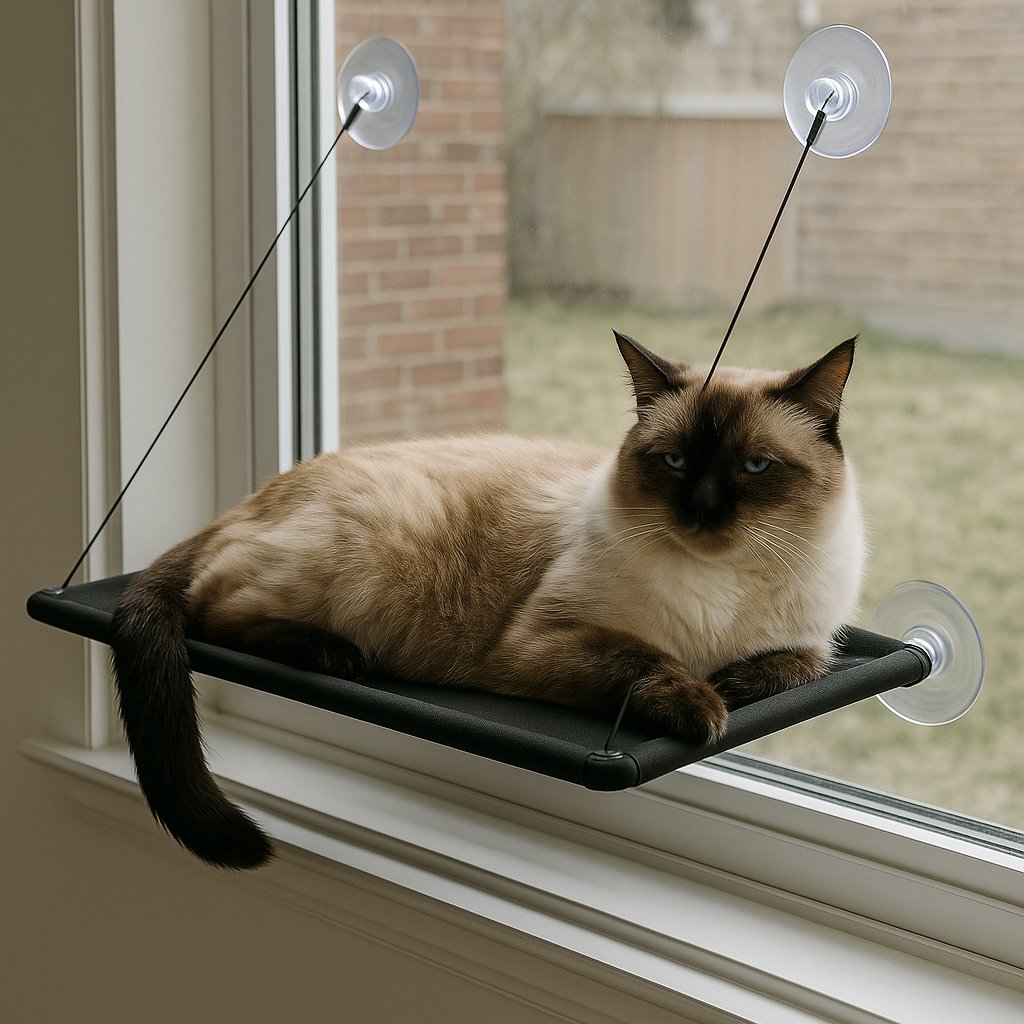How to Expand a Picky Cat’s Diet in 2025: Tips for a Happier, Healthier Cat 🐱🍽️
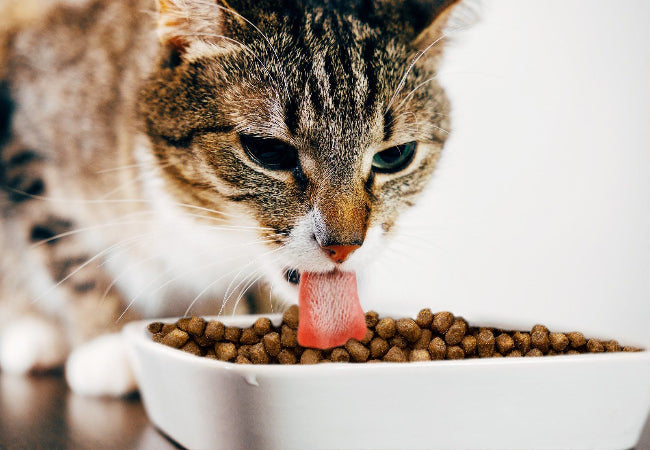
In this article
How to Expand a Picky Cat’s Diet in 2025: Tips for a Happier, Healthier Cat 🐱🍽️
By Dr. Duncan Houston BVSca
Cats are notoriously selective eaters. Their discerning palates can make introducing new foods a challenge, leaving many cat parents feeling frustrated. However, with patience, consistency, and the right approach, you can help your feline friend explore a wider variety of foods while maintaining proper nutrition. Here are some effective strategies to broaden a picky cat's diet.
1. Slow and Steady Introductions 🐾
Introducing new foods should be a gradual process. Start by mixing a small amount of the new food into your cat's regular meal. Over the course of one to two weeks, gradually increase the proportion of the new food while reducing the old food. This helps your cat adjust to changes in flavor, aroma, and texture without stress.
2. Prioritize Quality 🍗
Cats are naturally attracted to high-quality foods rich in animal protein. Low-quality foods with fillers or excessive grains can be unappealing and may be rejected outright. Investing in premium cat food not only encourages your cat to try new flavors but also supports overall health, including muscle development, coat condition, and energy levels.
3. Serve Food at the Right Temperature 🌡️
Cats have a highly developed sense of smell, and aroma greatly influences their appetite. Serving food at room temperature or slightly warmed can enhance its scent, making it far more enticing than cold food straight from the fridge.
4. Explore Texture Variety 🍖
Texture matters to many cats. Some prefer smooth pâté, others enjoy chunks in gravy, and some stick to dry kibble. Experimenting with different textures can help you discover your cat’s preferences and make mealtime more enjoyable.
5. Pair New Foods with Favorites 🧡
To encourage acceptance of new foods, try mixing them with your cat’s favorite treats or meals. This strategy can make the new food more palatable and reduce anxiety around unfamiliar flavors.
6. Positive Reinforcement 🎉
Praise your cat or offer gentle affection when they try the new food. Positive reinforcement can create a rewarding association with the new meal and encourage adventurous eating habits over time.
7. Make Mealtime Interactive 🍽️
Cats are natural hunters, and mealtime can be an opportunity to tap into those instincts. Try placing small portions of food around the house or using puzzle feeders. This can stimulate their curiosity and encourage them to engage with their food more actively.
8. Regular Interval Feeding ⏰
Instead of leaving food out all day, offer meals at scheduled intervals. Controlled feeding can help stimulate appetite, making your cat more likely to sample new foods when they’re hungry.
Patience is Key
Changing a cat's eating habits can be stressful for both the cat and the owner. Always observe your cat's reactions closely and make changes gradually. Never force a cat to eat, as this can cause anxiety and aversion.
Before introducing significant dietary changes, consult your veterinarian to ensure your cat continues to receive all the nutrients they need. With consistency, patience, and careful observation, you can help your picky feline enjoy a diverse and balanced diet, keeping mealtime exciting and nutritious.




